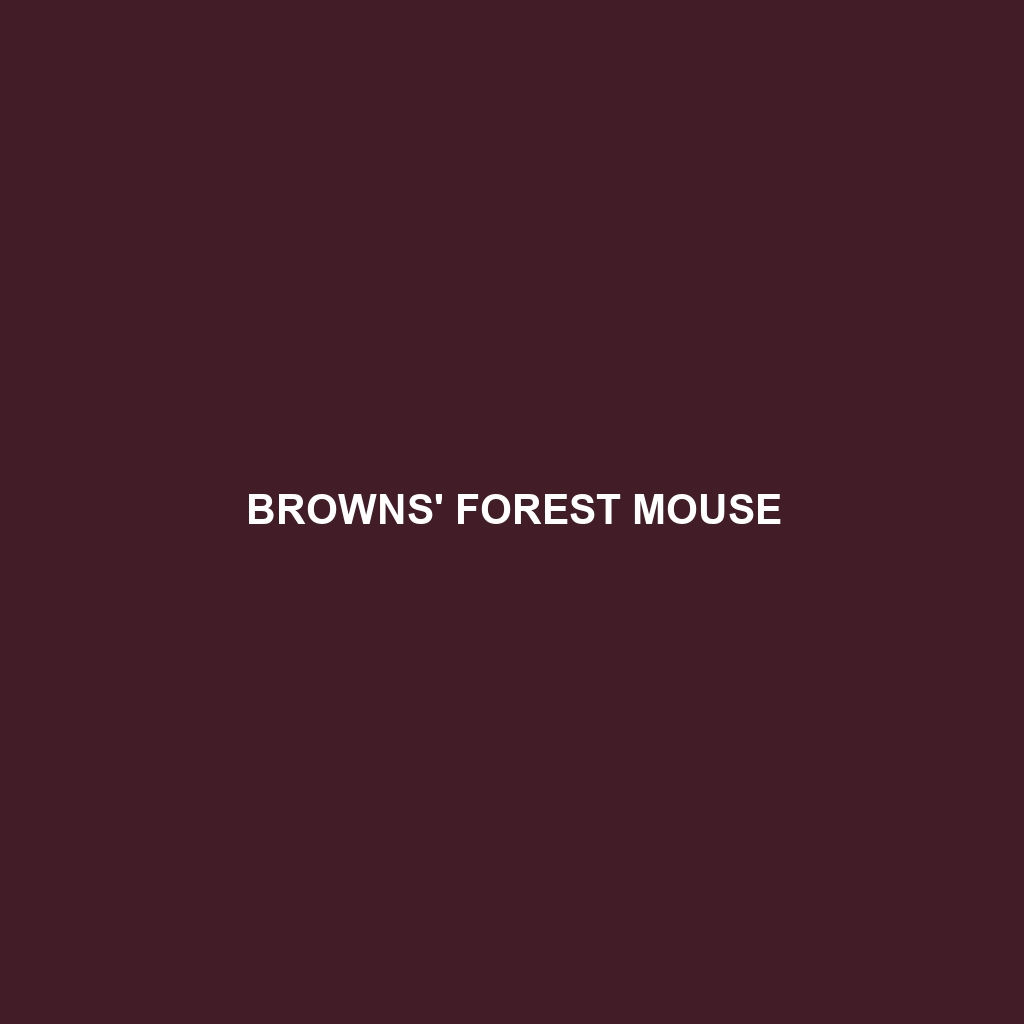Hainald’s Flores Island Rat: An Overview
Common Name: Hainald’s Flores Island Rat
Scientific Name: Rattus hainaldi
Habitat
The Hainald’s Flores Island Rat is primarily found on Flores Island, part of Indonesia’s Lesser Sunda Islands. This species thrives in a variety of environments, including tropical rainforests, montane forests, and agricultural areas. These habitats provide the necessary cover and food sources that are crucial for their survival.
Physical Characteristics
Hainald’s Flores Island Rat typically measures between 25 to 30 cm in body length, with an additional tail length of about 22 to 27 cm. This rat exhibits a distinctive coat, characterized by a mix of brown and gray fur that helps it blend into its forest surroundings. Notable features include large, rounded ears and a pointed snout, which are common adaptations for nocturnal life.
Behavior
This species exhibits primarily nocturnal behaviors, becoming active at night to forage for food. They are known to construct elaborate nests in dense vegetation, which provides safety from predators. Social interactions among individual rats can be observed, primarily during mating season or when raising young, often showcasing a hierarchy within groups.
Diet
The diet of the Hainald’s Flores Island Rat consists mainly of fruits, seeds, and vegetables, reflecting its omnivorous feeding habits. These rats are also known to scavenge in agricultural fields, making them opportunistic feeders that adapt to available food sources, which can include insects and small invertebrates.
Reproduction
Hainald’s Flores Island Rat experiences a breeding season that aligns with the wet season on Flores Island, typically occurring from November to January. Females may give birth to 2 to 6 offspring after a gestation period of around 21 to 25 days. The young rats are born in a nest and are weaned at about 3 weeks of age, quickly reaching sexual maturity by 3 to 4 months.
Conservation Status
Currently, the Hainald’s Flores Island Rat is classified as endangered due to habitat loss from deforestation, agricultural expansion, and invasive species. Conservation efforts are being initiated to protect their natural habitats and ensure the survival of this unique species.
Interesting Facts
One fascinating fact about Hainald’s Flores Island Rat is that it has adapted to a life both arboreal and terrestrial, climbing trees to escape predators or search for food. This adaptability enhances its survival in a rapidly changing environment.
Role in Ecosystem
Hainald’s Flores Island Rat plays a critical role in its ecosystem as both a seed disperser and a prey species for larger predators. By consuming fruits and seeds, they contribute to plant propagation, while serving as a food source for snakes, birds of prey, and larger mammals, thus maintaining ecological balance.
